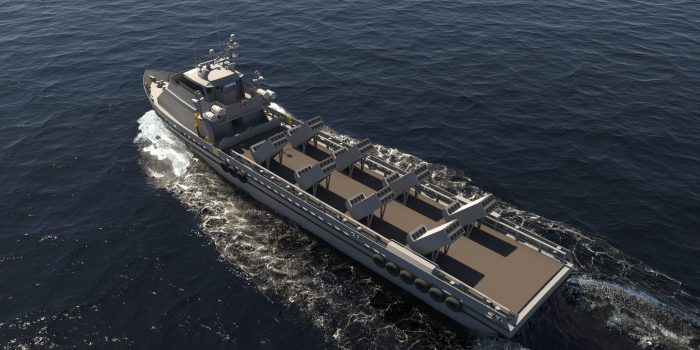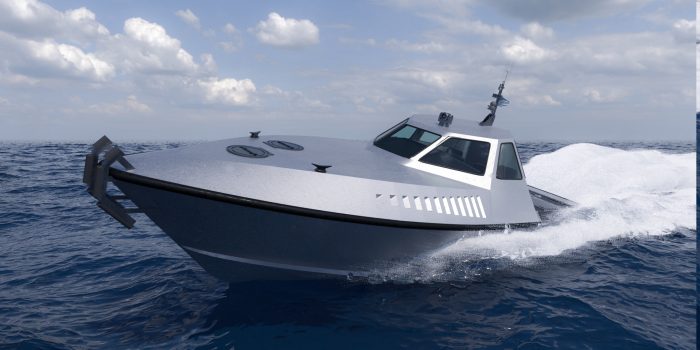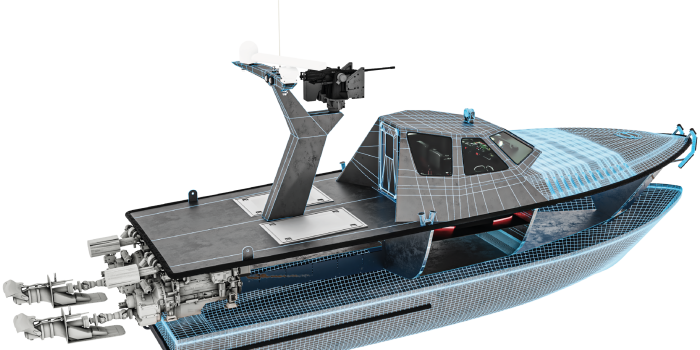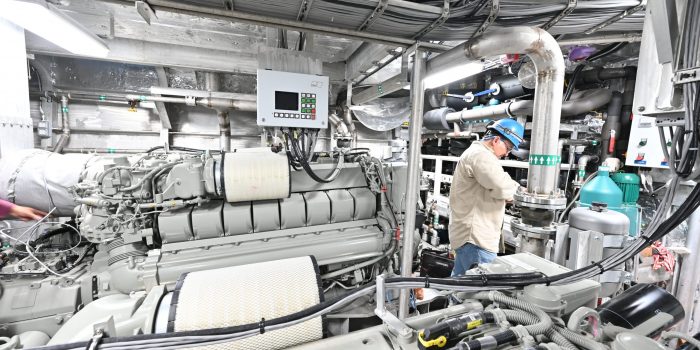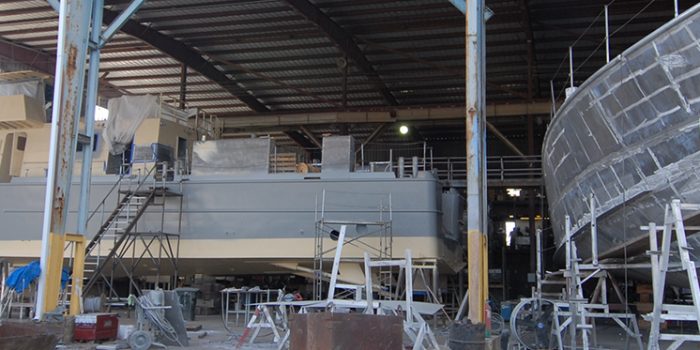Image: US Navy
Unmanned Surface Vehicles Conversion
As new technologies for Unmanned Surface Vehicles (USVs) and for networking navy ships, aircraft, unmanned vehicles, and sensors are rapidly advancing, the US and allied Navies are working to significantly increase the number of medium to large USVs as part of Distributed Maritime Operations (DMO) strategy. Swiftships is well positioned to contribute to the US defense strategy by offering “platform-as-a-service” from its 103 proven designs that empower clients with autonomous solutions for their small, medium, and large ships.
Swiftships has proven experience in converting its commercial Fast Supply Vessels (FSV, aka Riley Claire) to militarized versions (aka NOMAD), which encompass extensive refit/ship modernization services. Different packages offer multiple aspects of maritime care based on the user’s needs. In cases of more stringent budgetary constraints, Swiftships provides a wide array of cost-effective maintenance packages, including predictive, preventative, corrective, and continuous maintenance.
FSVs - Proven Conversion Case
Swiftships has developed multiple variants of our Fast Supply Vessels (FSVs), not only for autonomy but also for minimally manned or remote operations of the craft.
Our 205 ft FSV is a prime example of leveraging skills and technologies to convert offshore vessels into militarized multi-mission platforms that can operate autonomously. When outfitted with missile defense, mission modules, UUVs, and UAVs with spoke or launching and retrieval capabilities, this relatively medium-sized vessel can accomplish many missions simultaneously, such as surface and underwater warfare.
The mission modules allow an added aspect to provide larger missile defense capabilities and high-level surveillance radars, which generally cannot be outfitted on smaller vessels. Highly accurate EO/IR/LD can also be included on the platform as part of the mission modules to support aircraft in their missions to eliminate threats. The RHIBs can also be deployed in a USV or mine-hunting configuration to engage threats away from the mothership and prevent any damage to the unmanned platform.
All this can be accomplished while the platform is in an unmanned configuration with no loss of human lives. The existing vessel, with slight modifications, and the current DP system will allow for spoke capability or launch and retrieval of ScanEagle or similar UAVs. USVs can also be launched for underwater surveillance. RHIBs (USVs) can be deployed and controlled from either the vessel or shore command base. Range and endurance are 9000 NM and 60-90 days respectively in an unmanned or semi-manned configuration. A Refueling At Sea (RAS) system is also provided for fleet support. The minimum crew for semi-manned vessels is five (5) persons.
The integration of autonomous modifications allows the vessel to perform the same missions listed above but in an autonomous state for up to 60 days. Autonomous operations include normal shipboard maintenance and operational functions. This includes fuel and oil filter changes or rotation, automated valve control, and remote/auto power distribution control. Other included functions are anti-collision and anti-boarding capabilities.
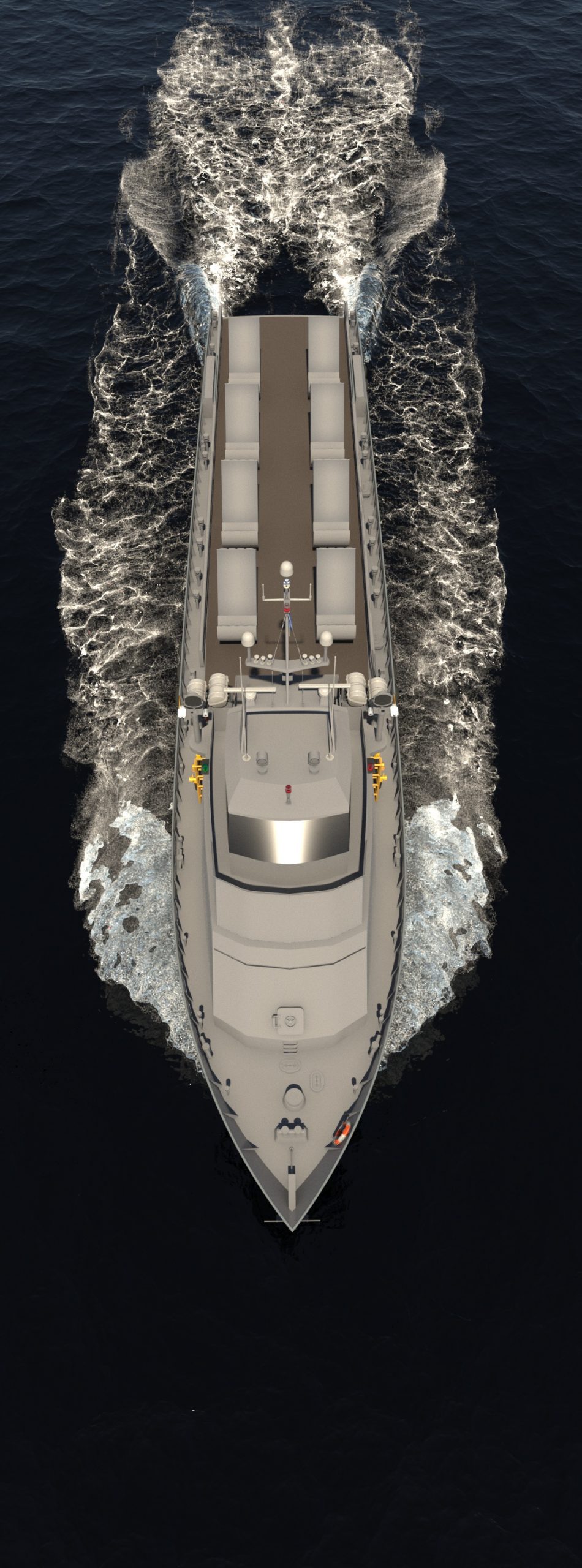
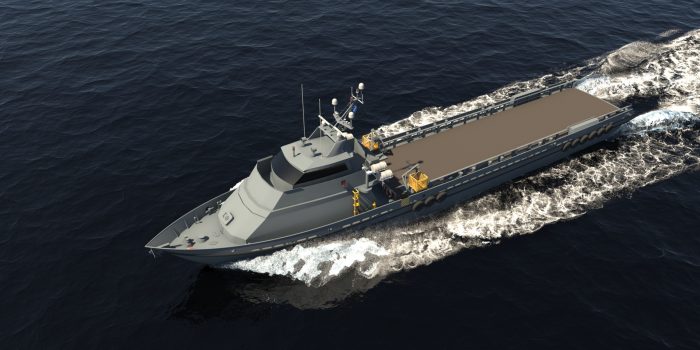
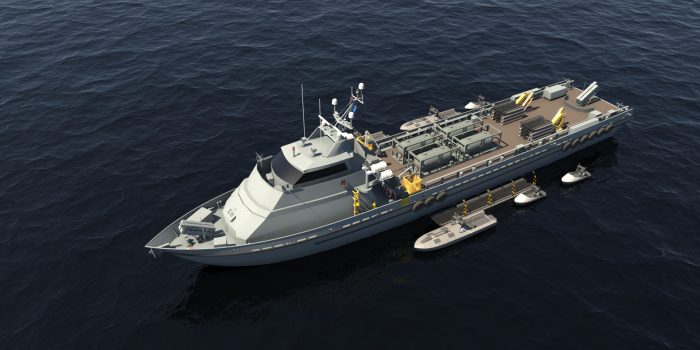
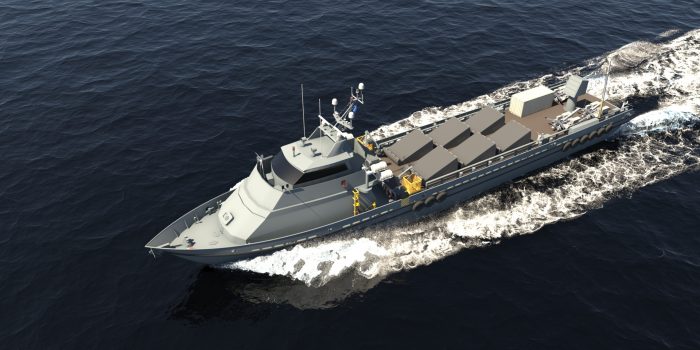
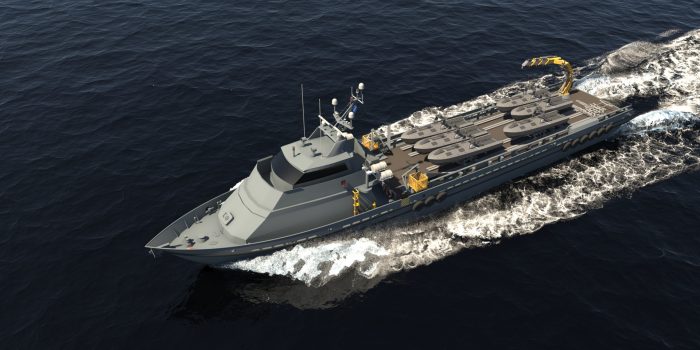
Conversion Methodology
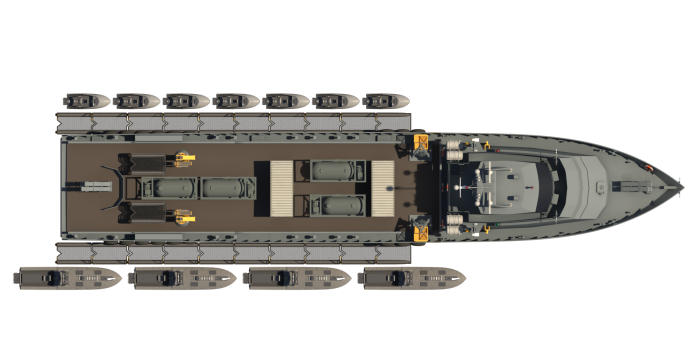
- Phase I: perform hull, mechanical, navigational and electrical system reliability upgrades
- Phase II: conduct autonomy system integration by equipping the hull with CW/KA Band Radars, IR and EO cameras and sensors, and additional sensors per mission requirement
- Phase III: conduct tests of systems' reliability with the required hours of autonomy, and several long-range autonomous transits in complex navigational environments
Autonomous Vessels Advantage
Autonomy allows for the simplification and optimization of vessel design, with fewer requirements related to crew needs. This leads to improved efficiency, higher maneuverability, easier cargo loading with higher capacity, cheaper superstructure, and reduced maintenance costs.
Autonomy reduces human error, which lowers costs related to accidents and insurance, 95% of which are linked to human error. It also eliminates risks of crew injuries, death, or capture, and increases the success of long-duration and dangerous missions that highly depend on the physical endurance of the onboard crew.
Autonomy also enables seamless connections with other modes of transport and hull-to-hull operations. Smaller unmanned vessels can extend the operational reach and capacity of large naval ships, increasing mission success.
Autonomous solutions are already highly utilized for intelligence gathering, surveillance, and reconnaissance, as well as mine countermeasures, military training, and tests. We also see unmanned systems applied in maritime security, anti-submarine warfare, drug interdiction, launch and recovery of host platforms. The continuous evolution of USVs allows for greater operational flexibility to meet an expanded array of mission requirements.
